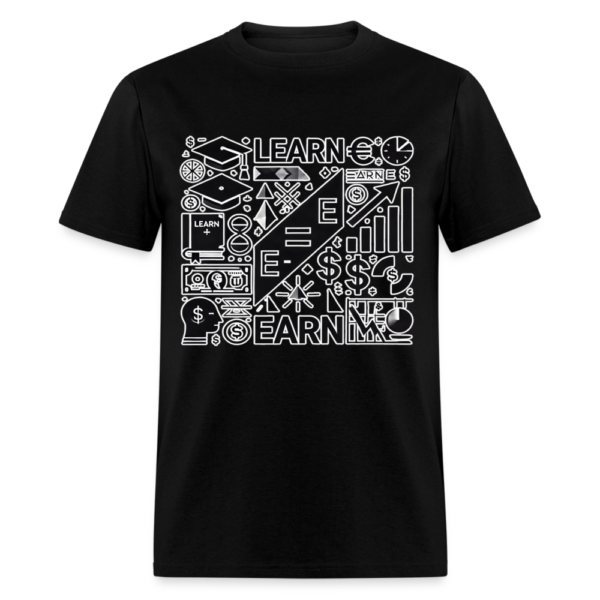Your cart is currently empty!
📌 Intro: The Dawn of a New Economic Era
The late 19th and early 20th centuries weren’t just about top hats and steam engines—they marked the Second Industrial Revolution, a seismic shift that redefined global economies. With breakthroughs in steel, electricity, oil, and mass production, this era birthed modern capitalism, created unimaginable wealth, and laid the groundwork for today’s tech-driven world. But who cashed in? Let’s dive into the economic goldmine of this revolution and the titans who ruled it.
💡 What Was the Second Industrial Revolution?
Spanning 1870 to 1914, the Second Industrial Revolution was fueled by:
- Steel (Bessemer process) 🏗️
- Electricity (Edison’s light bulb) 💡
- Oil (Rockefeller’s refineries) ⛽
- Assembly lines (Ford’s Model T) 🚗
- Telecommunications (Bell’s telephone) 📞
These innovations didn’t just change industries—they rewrote economic rules, enabling mass production, global trade, and corporate empires.
📈 The Economic Boom: By the Numbers
- U.S. GDP skyrocketed from $8.2 billion (1870) to $35 billion (1900) 📊.
- Global trade tripled between 1850–1913 🌍.
- Productivity surged by 40–60% in manufacturing sectors 🏭.
- Wages rose (but not equally)—skilled workers saw a 50% increase, while unskilled laborers stagnated 💔.
The U.S. and Europe became economic powerhouses, while colonies supplied raw materials under exploitative practices.
👑 Titans of Industry: The Men Who Profited Most
These moguls mastered the art of monopoly and innovation:
- John D. Rockefeller (Oil)
- Founded Standard Oil, controlling 90% of U.S. refineries by 1880.
- Net worth: $400+ billion (adjusted for inflation) 💵.
- Andrew Carnegie (Steel)
- Sold Carnegie Steel for $480 million in 1901 (over $15 billion today).
- Pioneered vertical integration, owning mines, railroads, and mills 🚂.
- Cornelius Vanderbilt (Railroads/Shipping)
- Amassed $100+ million via railroads, linking the U.S. coast-to-coast 🛤️.
- Thomas Edison (Electricity)
- Held 1,093 patents, including the light bulb and phonograph 🔌.
- Henry Ford (Automobiles)
- Revolutionized manufacturing with the $5 workday and Model T (1908) 🚘.
⚖️ The Labor Force: Winners and Losers
While tycoons thrived, workers faced stark realities:
- Skilled laborers (engineers, machinists) earned up to $2/day—double the unskilled.
- Child labor plagued factories, with 18% of workers under 16 in 1900 😢.
- Women earned 50% less than men for the same work.
- Unions rose (Knights of Labor, AFL) but faced violent crackdowns (Homestead Strike, 1892) ✊.
🌍 Global Economic Shifts
The revolution wasn’t confined to America:
- Germany dominated chemicals and engineering (BASF, Siemens) 🔬.
- Britain led textiles and shipbuilding, but lagged in steel 🧵.
- Japan industrialized rapidly post-Meiji Restoration (1868), adopting Western tech 🗾.
- Colonial exploitation in Africa/Asia fed Europe’s resource hunger, widening global inequality.
🔗 Legacy and Lessons: Echoes in the Modern Economy
The Second Industrial Revolution mirrors today’s tech boom:
- Tech moguls (Bezos, Musk) mirror Rockefeller and Carnegie 🖥️.
- Antitrust laws emerged (Sherman Act, 1890) to combat monopolies ⚖️.
- Infrastructure (railroads, electricity grids) paved the way for modern cities 🏙️.
Yet, it also warns of income inequality and the need for labor rights—a lesson still relevant.
💬 Your Turn!
What parallels do you see between the Gilded Age and today’s economy? Comment below, and don’t forget to share this post to spark the debate! 📣
Sources: U.S. Bureau of Economic Analysis, History.com, Britannica, Forbes, The Balance.
Note: All figures adjusted for inflation using historical CPI data.
Learn Equals Earn Unisex Classic T-Shirt
Learn Equals Earn Unisex Classic T-Shirt. Empower yourself with the Learn Equals Earn Unisex Classic T-Shirt, a statement tee that highlights the value of knowledge and growth. This classic-fit, comfortable shirt is perfect for everyday wear, spreading a positive message for students, professionals, and lifelong learners. Whether you’re in class, at work, or relaxing, let this tee inspire you and those around you!
-

Hungry and Humble Football Player Flapping Arms Touchdown Celebration Unisex Classic T-Shirt #philly
$19.99 Select options This product has multiple variants. The options may be chosen on the product page -

Africatown in Philly Phrase Unisex Classic T-Shirt
$13.99 Select options This product has multiple variants. The options may be chosen on the product page -

Vintage Funny Cat Selfie UFO Alien Invasion Unisex Classic T-Shirt
$13.99 Select options This product has multiple variants. The options may be chosen on the product page -

Vintage Philly Underdogs German Shepherds Unisex Classic T-Shirt
$9.99 Select options This product has multiple variants. The options may be chosen on the product page
————————————————
We use AI GPT Chatbots to help with our content and may get some things wrong.
————————————————-



